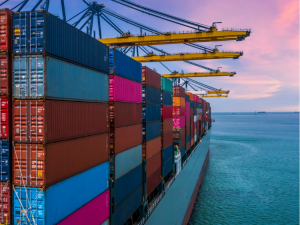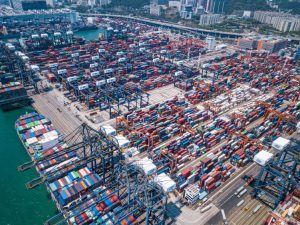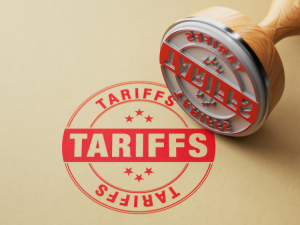
US trailer group pursues duty investigation on trailers and components
The outcome of the investigation by the DOC and ITC would shape the competitive landscape and the structure of the US trailer supply chain for years to come.

The outcome of the investigation by the DOC and ITC would shape the competitive landscape and the structure of the US trailer supply chain for years to come.

The EU's preparatory work on possible aluminum scrap export restrictions provides the starting point for examining why current European scrap flows to the US remain too small to materially affect either region's can sheet market.

This piece examines how U.S. and EU tariff structures are encouraging new forms of arbitrage and potential circumvention.

Ever since it launched its One Belt One Road campaign in 2013, China has been relentless in building markets overseas.

A loophole in Section 232 could allow unethical people to game the system.

The second installment examines how those same derivative tariff petitions have now moved downstream, encompassing aluminum-intensive finished goods like wheels, powders, and even filled food and beverage containers.

The first installment explores how trade groups representing extruders and die casters are pressing to expand Section 232’s coverage.

Could a proposed bail-out of farms hurt by tariffs present an opportunity to change how the government chooses to support steel and aluminum?

Novelis has declared force majeure on automotive, beverage and container stock shipments.

Freight data - especially truck movements - remains flat year over year, underscoring its role as a leading indicator of commodity demand and an early signal for aluminum's dependence on final-mile delivery.